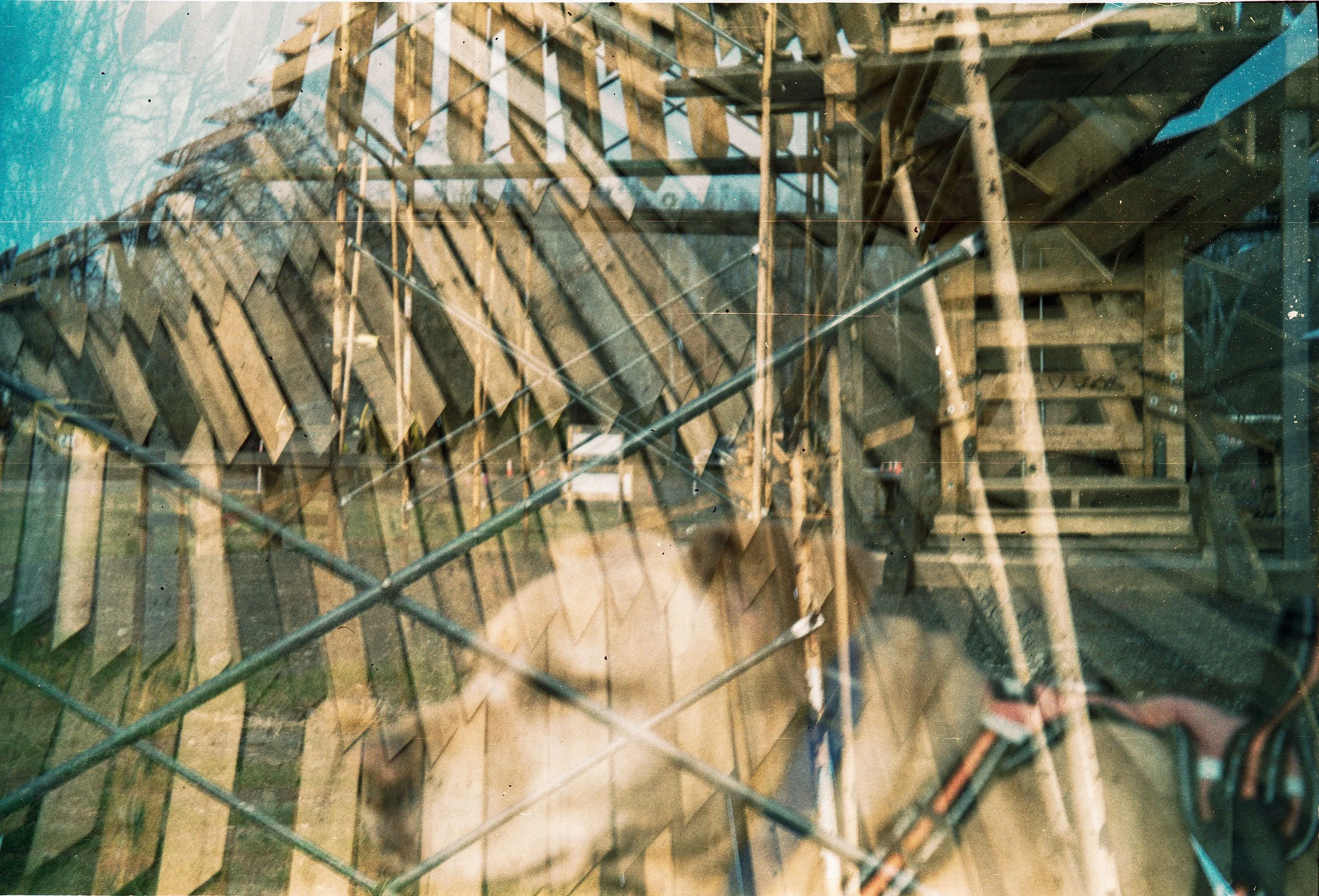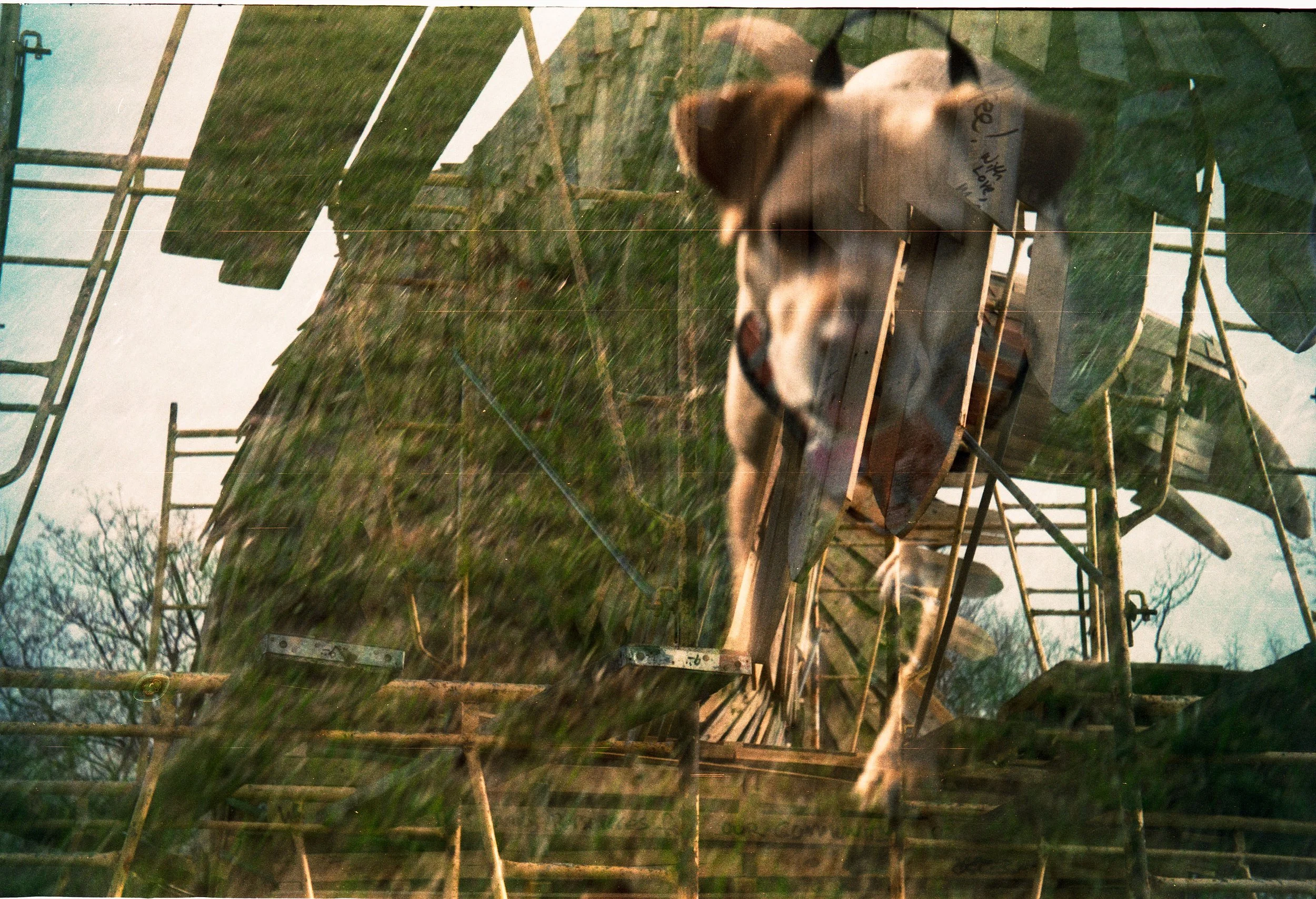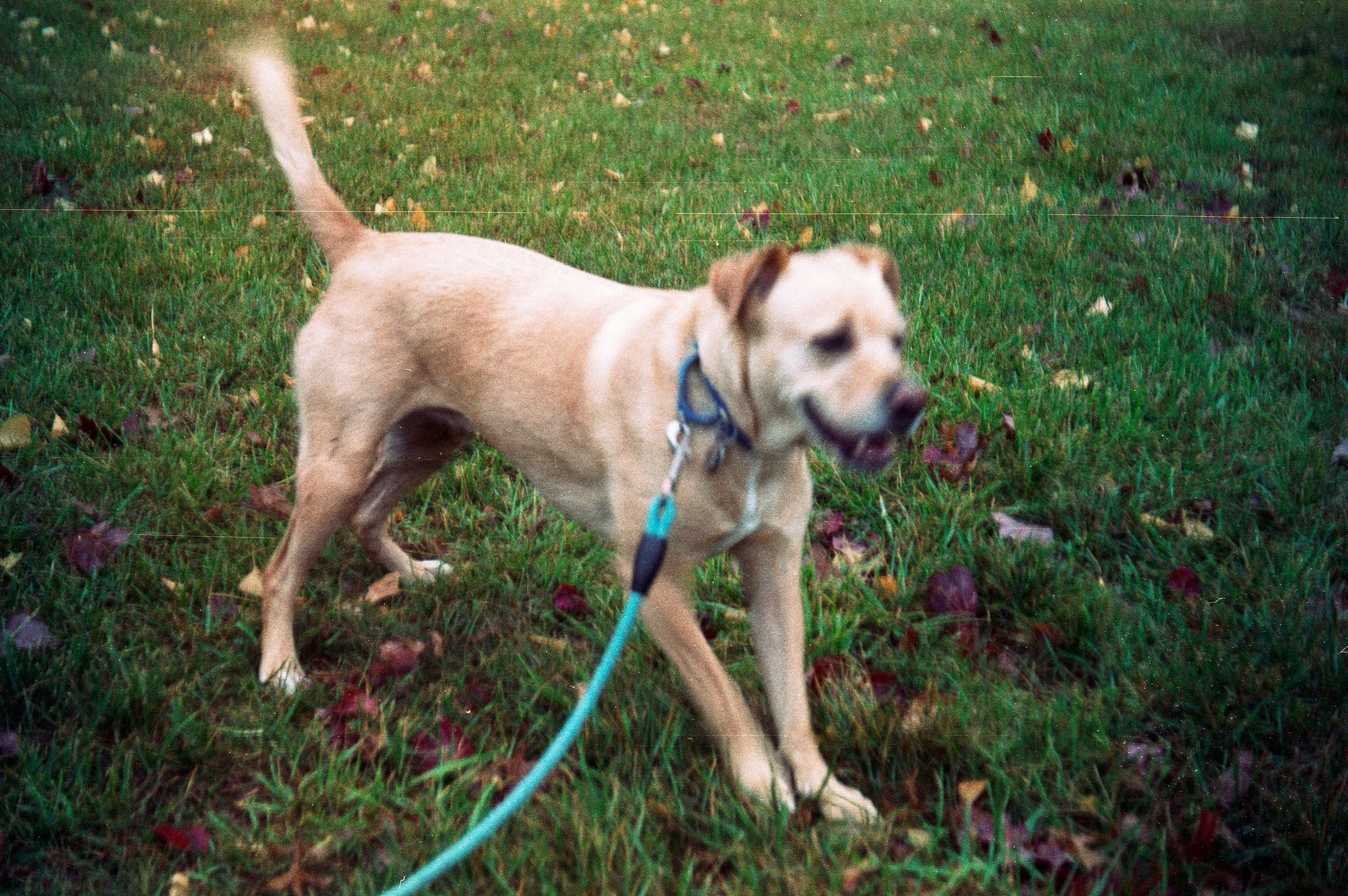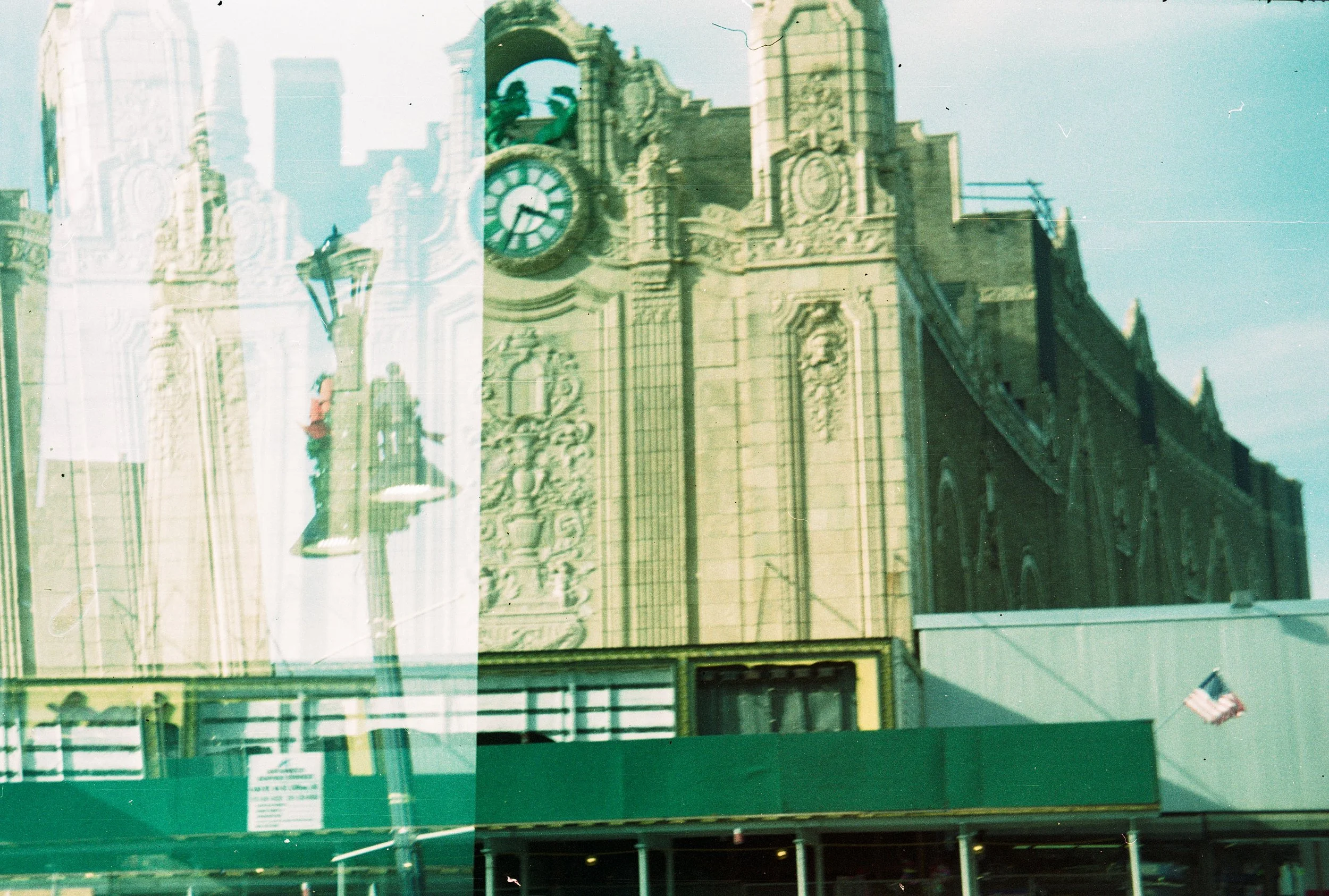Argus A2B Camera - Phoenixville Firebird
For many years now, Phoenixville, PA, around the winter holidays, sets a wooden firebird on fire. My dad took me here in late 2024 to see the yet to be burned firebird. This day I was photographing with my Argus A2B, an inexpensive 1940’s plastic camera made in Ann Arbor, MI. The lens is fixed focus 50mm F/4.5. The focus is fixed at 10 feet, so you need to stop the aperture down a lot to achieve infinity focus. Dad raided his film fridge and donated some Fuji Super HQ 100 ISO film. One interesting feature of the A2B is the completely decoupled lens shuttter and film advance. This makes multiple exposures in the same frame very easy, sometimes too easy. Here is a short youtube video I posted regarding this camera. I made the video before getting the film developed. This blog post shows the results from this roll of Fuji Super HQ 100 ISO film.
It was cold and rainy on the street I grew up on. I brought the A2B on a dog walk. I asked them if they could pose 10 feet away. I took the shot wide open to see how much blur I can get on the background. I was lucky and got dad and the dog at exactly the right distance for focus. The late autumn maple tree behind him has plenty of background blur. I even see a little ‘swirly bokeh’ people talk about with the Helios 44.
My dad and our dog Sugar. Argus A2B camera. 50mm F/4.5 lens.
Dad and I go places to take photos. In late December, he showed me this place where the firebird was being built. The detail in the wooden design of the head and wings were impressive. A lot of people put work into this structure that will be burned.
Double exposure of Phoenixville firebird and Sugar the dog
The head of the bird was made of many strips of wood. The beak is carved to look smooth. The wings were being supported by scaffolds.
The carved wooden head of the phoenixville firebird
I find the process of taking a double exposure on film to be challenging. Digital cameras have equivalent features that allow you to take one and see it superimposed on the image you are about to capture and overlay. With this camera, you have to remember the areas of the photo that already have detail. I feel that this image is too busy and it’s hard to distinguish the original two images.
A double exposure of the firebird with wings and head overlayed.
The firebird in this image creates a dark canvas for the image of the dog. The bird is textured with grass. The dog is standing inside the bird.
Double exposure of Sugar the dog and the Phoenixville firebird
There must have been a lot of work put into the shape of this beak. The bird which is destined to be burned is being built with a lot of detail.
The beautiful carved head of the firebird
The wing of the firebird with multiple layers of neatly arranged planks.
Sugar the dog.
The camera is easy to use although has a seemingly fragile lens. The shutter release is a small lever sticking out of the side of the lens. You need to remember to unlock the lens from the camera body to put it in proper position for photos. If you forget this step and leave the lens retracted the images will not be in focus. Winding the film is tricky: you must press the advance button and start turning the film winder and let go of the button. A tooth makes the film advance stop at the right position. At the end of the roll, the film will stop when it is all used. It is important to feel the difference between the film advance knob stopping at the tooth or stopping because all the film is used. I made this mistake on my last frame and got a double exposure offset by half a frame.
Building in Journal Square, Jersey City. Double exposure, half frame offset. Last exposure of the roll.








